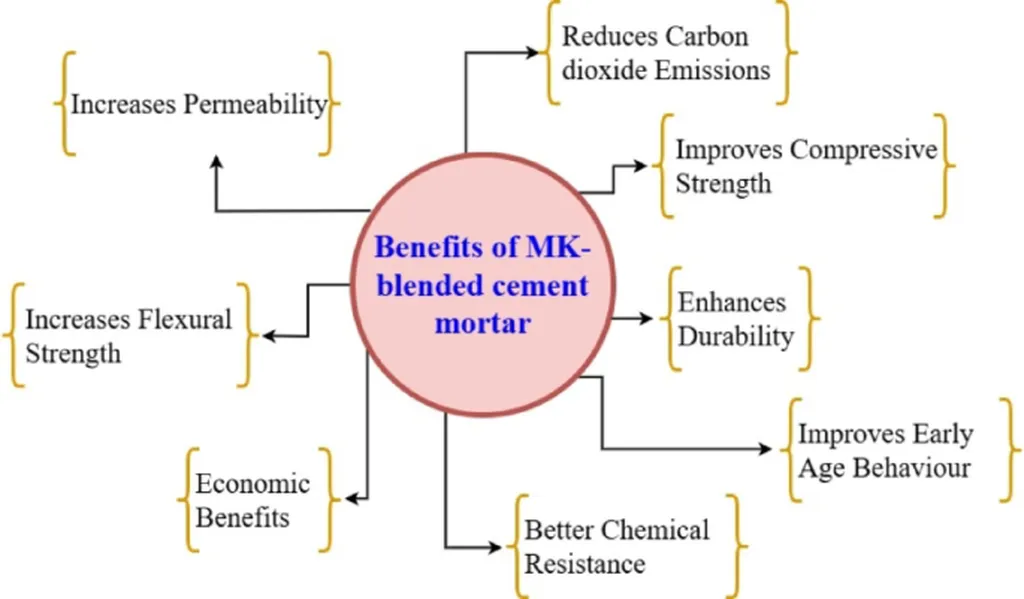In the quest for sustainable construction materials, a groundbreaking study led by Suraphan Santiyanon from the Department of Civil Engineering at Sripatum University in Bangkok, Thailand, is making waves. The research, published in the IEEE Access journal—known in English as the IEEE Open Access Journal—focuses on predicting the compressive strength of alkali-activated mortars (AAMs) using an Adaptive Neuro-Fuzzy Inference System (ANFIS). This innovative approach could revolutionize how we design and utilize eco-friendly construction materials, particularly in the energy sector.
Alkali-activated mortars are gaining traction as a sustainable alternative to traditional cement-based binders. They offer a lower carbon footprint and improved durability, making them ideal for blockwork applications. However, optimizing their mix design has been a challenge due to the complexity of the chemical reactions involved. This is where ANFIS comes into play.
Santiyanon’s research employs ANFIS, a hybrid machine learning model that combines the strengths of neural networks and fuzzy logic, to predict the compressive strength of AAMs with remarkable accuracy. The model evaluates key mix parameters such as activator ratio, alkali concentration, and liquid-to-solid ratio, providing a robust framework for optimizing material performance.
“The ANFIS model allows us to predict the compressive strength of alkali-activated mortars with high accuracy, reducing the need for extensive laboratory testing,” Santiyanon explained. “This not only saves time and resources but also accelerates the adoption of AAMs in commercial applications.”
The study utilized waste cellular lightweight concrete (CLC) as a precursor, demonstrating the feasibility of repurposing construction waste for sustainable applications. The ANFIS model, configured with 225 fuzzy rules, achieved an impressive RMSE of 0.97 and an a20-index of 0.74, indicating strong predictive reliability.
The implications for the energy sector are significant. As the demand for sustainable and energy-efficient construction materials grows, the ability to accurately predict the performance of AAMs can drive innovation in building design and construction practices. This research supports the transition toward more eco-friendly, high-performance construction materials, facilitating the broader adoption of alkali-activated mortars in real-world applications.
“The findings highlight the effectiveness of ANFIS in optimizing AAM formulations, ensuring a balance between material efficiency, sustainability, and structural performance,” Santiyanon added. “This research paves the way for more sustainable construction practices, benefiting both the environment and the industry.”
As the construction industry continues to evolve, the integration of advanced technologies like ANFIS into material science holds immense potential. By reducing the need for extensive laboratory testing, this approach not only improves mix design efficiency but also opens up new possibilities for sustainable construction. The research by Santiyanon and his team is a testament to the power of innovation in driving sustainable development, offering a glimpse into the future of construction materials and practices.

